I would like to share some of my experiments in fermenting amanita. I enjoy having a probiotic kitchen and keep a number of pantry pets.
Most of these processes use lactobacillus cultures to ferment and in the process they lactoconvert ibotenic acid to muscimol. This is true of the sodas, vinegarsThat’s not true for yeasts, like my sourdough, although sprinkling amanita into my walnut loaf is a guilty pleasure.
I have a whole page about my gingerbug process ideal for soma immersion (hero doses), but I’ve also duplicated this process with turmeric and with galangal, which is a hallucinogen in its own right.


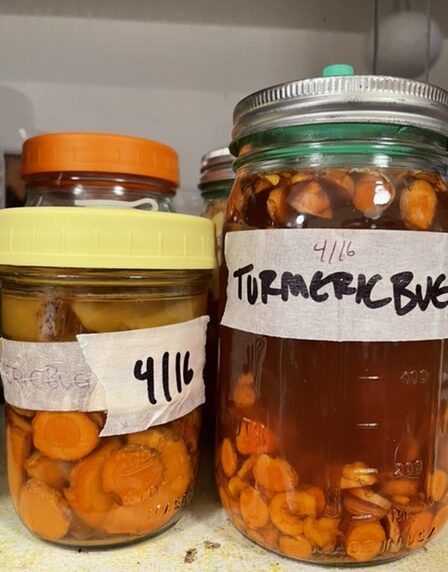
I’ve made both kombucha and jun with amanita. In my house it takes the jun more than a week and the booch more than 2 weeks to ferment out. It’s a nice way to take very large doses but it’s a bit slow. The jun is made with honey and seemed to convert more completely.


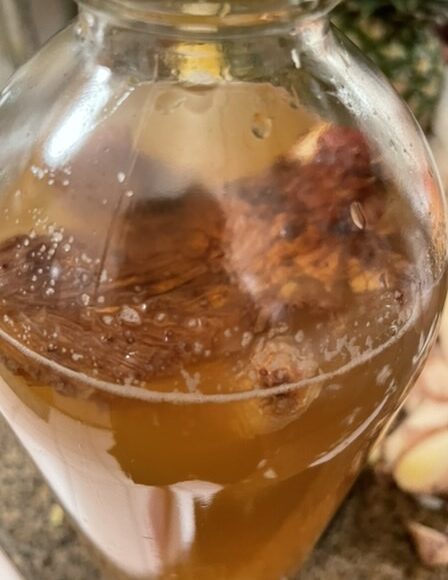
With the tepache, conversion happened in 3 days. The end product has way more alcohol than the other beverages but it didn’t seem like enough to bother my liver. Still, I’ve only taken macrodoses, I’m not sure I would hero dose with alcohol.
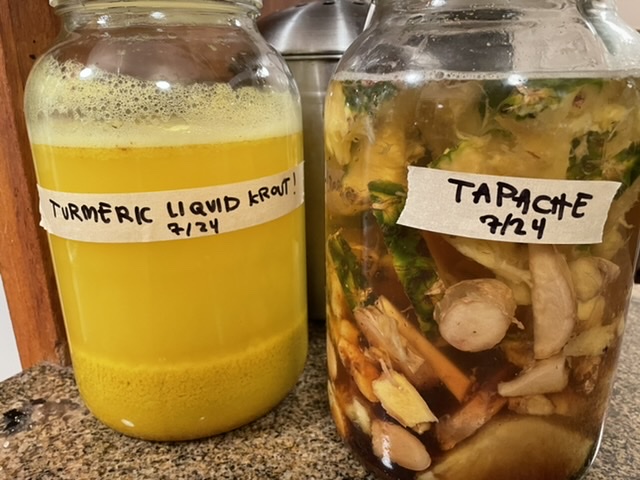
Kim chi is pretty fun and easy and microdoses can be taken with a meal. For larger doses I made a fermented turmeric krout juice and used that as a mother for amanita shots. It was sour and salty and he’d to take more than a couple shots.
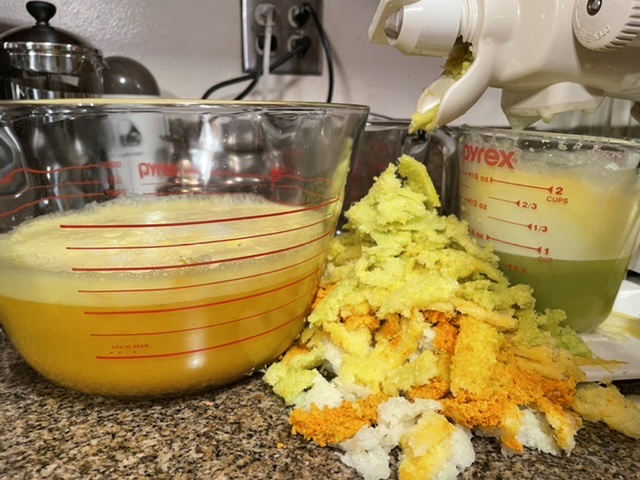


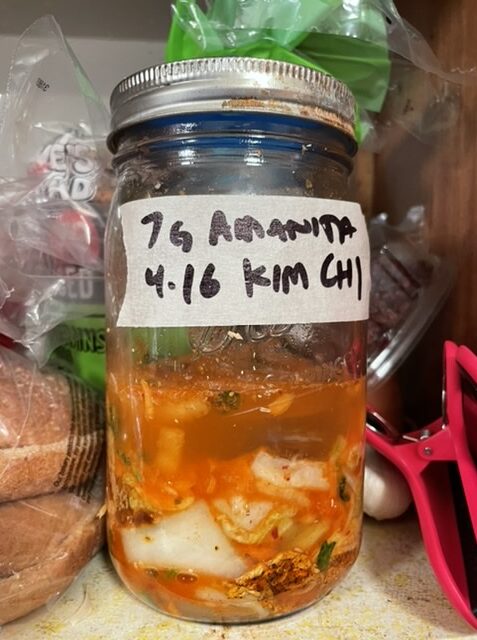
Kvass is such a comfort food. The hero dose felt clean and nourishing. We used the soft picked beets on salad as an excellent microdose.
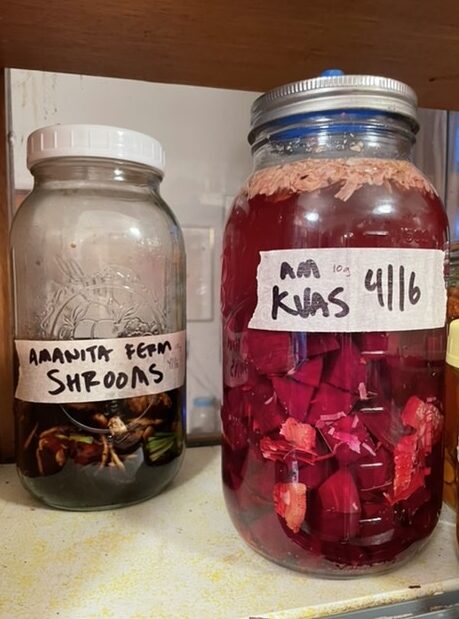

Apple cider vinegar took 2 weeks, the red wine vinegar took 2 months but in both cases the conversion seemed complete. It was good in salad dressing as a microdose. I couldn’t stomach a straight shot of vinegar but I know people do that so knock yourself out.


The fermented shiitake was a mixed success. I layered shiitake, amanita, seaweed and drowned it in rice wine and tamari. It fermented two weeks and was really good in sushi and in a seaweed salad. I can also cut it up as a garnish. The remaining liquid made a good marinade. I made it pretty strong so I could definitely feel it from just a single maki.
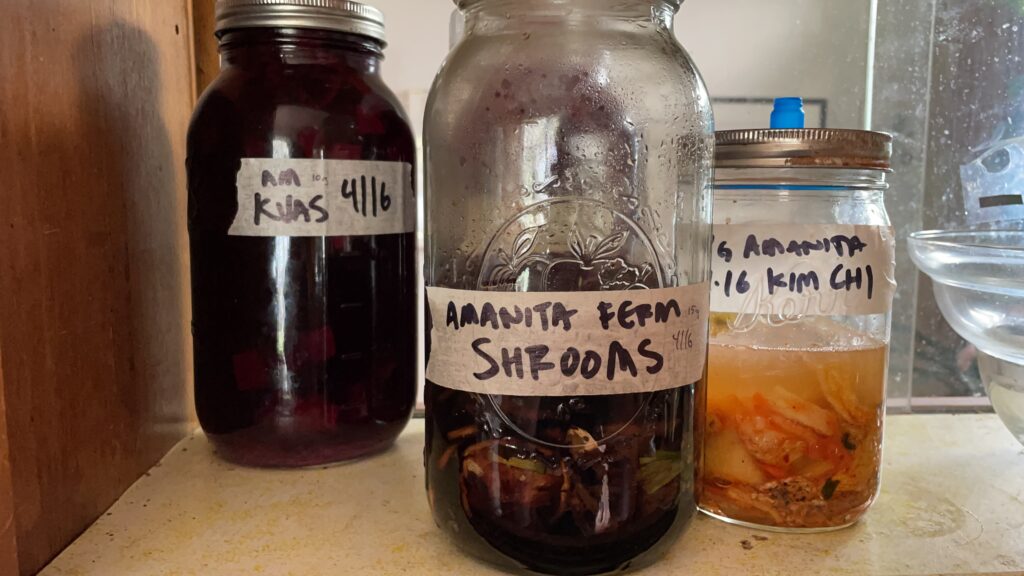
The peach wine extracts the ibotenic acid with the muscimol so it’s not meant to be particularly strong. There’s 5g dry per bottle so less than 2g per glass. The earthy flavor is a wild component to the overall musty sweetness.

